As an advocate for wildlife and its natural surroundings, Australian based photographer Tanya Stollznow has dedicated her career to the conservation of rare and endangered species. The focus of Tanya’s exceptional skills is in wildlife and conservation photography, fine art photography, and wildlife journalism. Through her hard work and dedication, Tanya conveys her passion for the environment by capturing stunning images of wildlife and other elements of the natural world. As you browse through her photos below, I think you’ll agree that she’s quite an accomplished photographer with a unique vision.
Tanya, thank you so much for sharing your experiences with us and thank you so much for all of your thoughtful responses. It’s not every day we get a behind the scenes with someone who has such a passion for what they do. You are a true proponent of the natural world and I wish you the best of luck to you and on your future projects.
If you would like to learn more about Tanya, please visit her website. You can also follow her on Instagram.
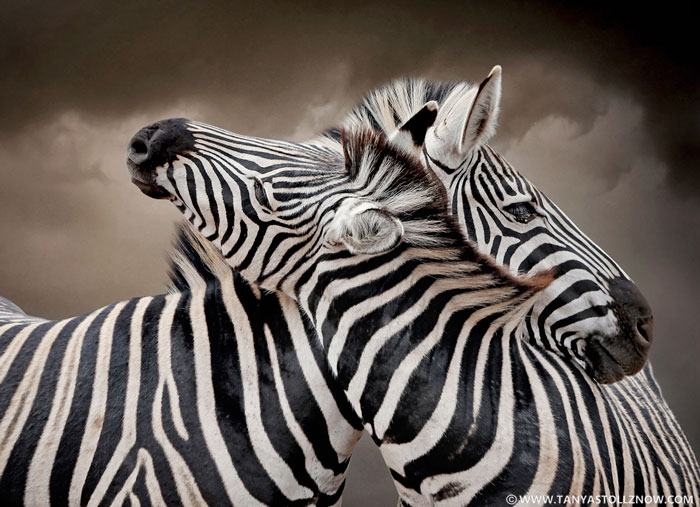
Can you please tell the readers a bit about yourself?
I’ve always had a camera in hand for as long as I can remember. I tried a few different types of photography from fashion to street photography but it was the call of nature that gave me the greatest enjoyment and to which I was most drawn. I progressed into wildlife photography and have never looked back.
Where do you call home?
Australia is my home. Currently, I live in a beautiful little country town on the south coast of New South Wales about three hours south of Sydney.
I see that you’ve built up an extensive collection of wonderful photography. What is it that led you towards this field and how long have you been working in it?
I began working as a wildlife photographer twelve years ago in 2008. My love of the natural world in partnership with my love of photography led me to choose this career path.
Marketing is a crucial component for any professional photographer. How do you go about marketing yourself?
I market my work through my website and Instagram. In addition, I continue to develop and engage regularly with my network of contacts. I am also a member of the AIPP (Australian Institute of Professional Photography) where potential clients can locate and contact me for future assignments.
If there was one thing you would want prospective clients to know about you, what would it be?
When I’m working for a client my main goal is to put the welfare of my subject first and foremost. As a wildlife photographer, it is critical that we are respectful of not only the animals but their environment.

How do you go about deciding where your next photo shoot is going to be?
The next photo shoot is usually aligned to the type of wildlife series I am working on and where the wildlife I am showcasing in that series is located. For a commercial shoot, the photo location is determined by the assignment.
What do you think is the most challenging aspect of photographing wildlife?
Animals can often be tough to find in the wild. It is important to know your subject. Observing and researching the animal you are photographing can give you the knowledge to predict behaviour and be best placed to get the shot.

What would you say your most remarkable wildlife encounter has been?
The most remarkable wildlife encounter I had was in Africa where I was privileged to witness the birth of a baby hippopotamus. Just after the calf was born a crocodile started circling mother and baby. The mother charged the crocodile repeatedly keeping it away from her newborn calf.
What drives you to create; does it satisfy a need or passion?
I have always been passionate about wildlife and the environment. It was a natural progression to pursue a career as a wildlife photographer.
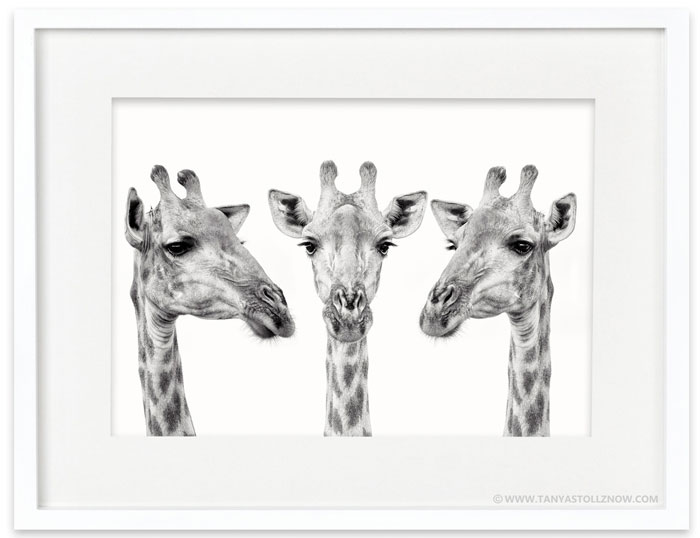
Who or what inspires you in your personal life and work?
I’m inspired by nature. There is nothing more fulfilling than being in a wild environment and being immersed in the beauty of the natural world.
How did you develop your style?
My photographic style is something that I developed from studying other photographers and making a list of what I found most compelling about their imagery. What did they do that engaged me? How could I take that and use it as a starting point to create my own unique style? Finding your own style takes time, exploration, and practice to discover what excites and motivates you.
What do you hope viewers take away from your images?
I hope to evoke emotion and raise awareness of the beauty of wildlife and the importance and responsibility we all have in maintaining their habitat going forward.
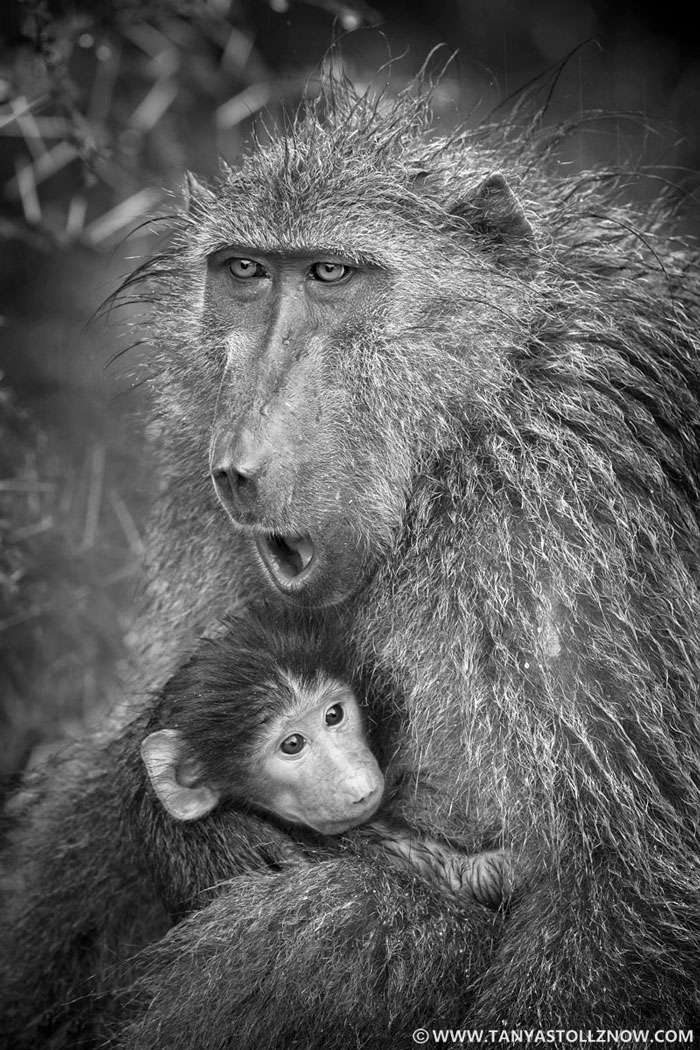
Do you have any tips for aspiring wildlife photographers?
Patience and persistence are essential for anyone starting out as a wildlife photographer. It often takes a number of hours/days and attempts to get the perfect shot. Don’t put pressure on yourself. Enjoy the opportunity to practice and hone your skills.
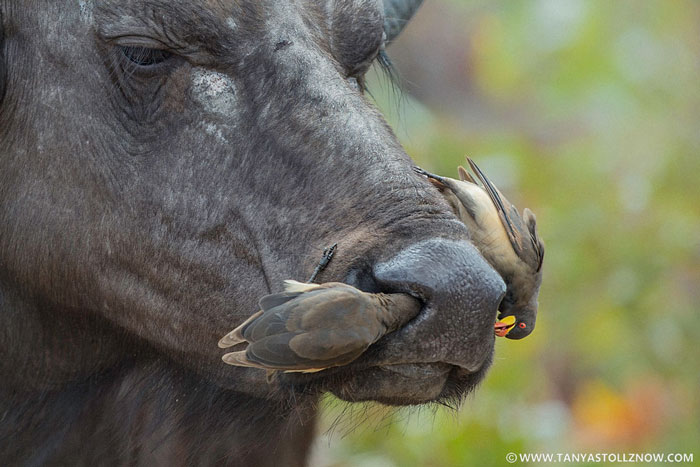
What type of camera(s) do you shoot with? What is your favorite lens?
The Canon EOS 1Ds Mark III and Canon EOS 1Ds Mark II are part of my current kit. My favourite lens is the Canon EF 200-400mm f/4L IS USM Extender 1.4X due to its focal
length range.
What is in your camera bag?
I carry two camera bodies, the Canon EOS 1Ds Mark III and Canon EOS 1Ds Mark II. Depending on what I am photographing I use a variety of lenses including, Canon EF 16-
35mm f/2.8L II USM, Canon EF 24-70mm f/2.8L II USM, Canon EF 70-200mm f/2.8L IS III USM, Canon EF 200-400mm f/4L IS USM Extender 1.4X and the EF 600mm f/4L IS III
USM.
What is your favorite photography accessory?
My Zenelli Carbon ZR Reduced Gimbal Head is my favorite photo accessory. It is the lightest reduced gimbal head ever manufactured weighing in at 0.65 Kg (1.43 lb). This is a great option for traveling when weight is an issue.
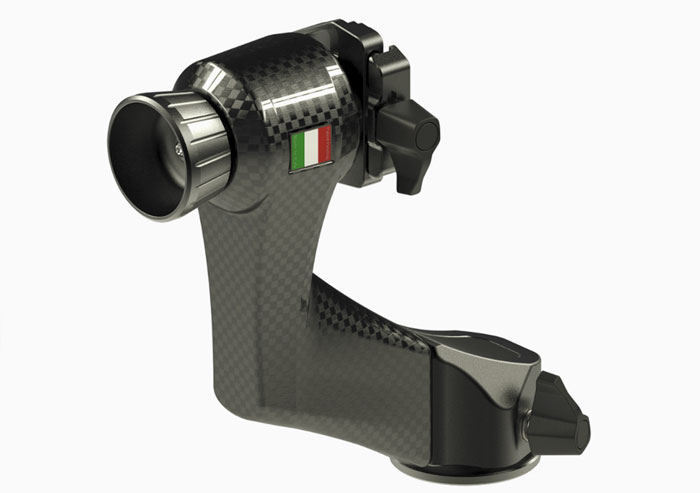
How important is Photoshop or other image editing software in your final images?
No matter how technically perfect your capture is it usually requires some tweaking and this is definitely the case if you shoot raw. A raw file produces a flat looking image that requires some work to give it the dynamic range that your eye saw when you first captured the photo. If you shoot JPEG the camera does the processing for you, however, it doesn’t allow you the flexibility of being able to be as creative and adjust the image to the same extent as a raw file. As part of my workflow for images that are purely ‘wildlife’, the adjustments I make include changes to white balance, exposure, vibrance, contrast, noise reduction, sharpness, cropping, and removal of dust spots. If I am working on a creative series I use photo manipulation to produce the results I am aiming to achieve. These images no longer fall under the category of wildlife photography but are considered Digital Art.
Where do you currently display your work? How can people purchase one or more of your pieces?
I have a working studio and gallery space on the south coast of New South Wales, Australia where clients can view and purchase my work. It is open by appointment only except for holiday periods and dedicated open days. Information about my studio can be found on my website. My work can also be purchased online at TanyaStollznow.
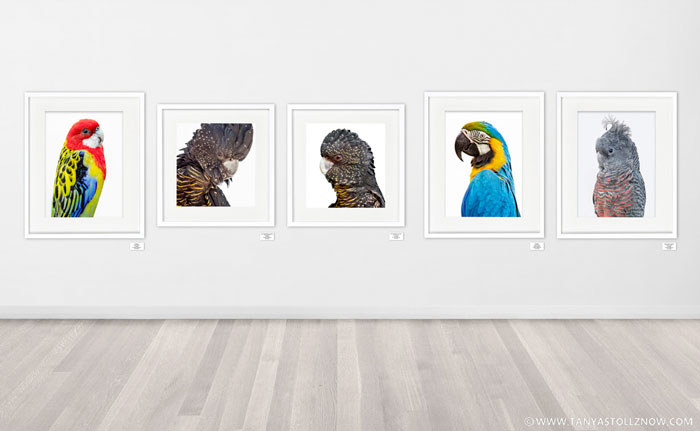
Was there a point in your journey when you started to feel really good about your work? If so, what did it feel like to get past that “tipping point?”
I don’t think there was a tipping point for me. I am highly critical of my own work. There is so much more to learn and achieve and I look forward to the challenges ahead.

What do you think the future holds for you? Where do you see yourself in the next few years?
Photography is a lifelong learning journey filled with many exciting possibilities. In the next few years, I want to explore some ideas I have for a new series of works. I also plan to get more involved in conservation and community-based projects.
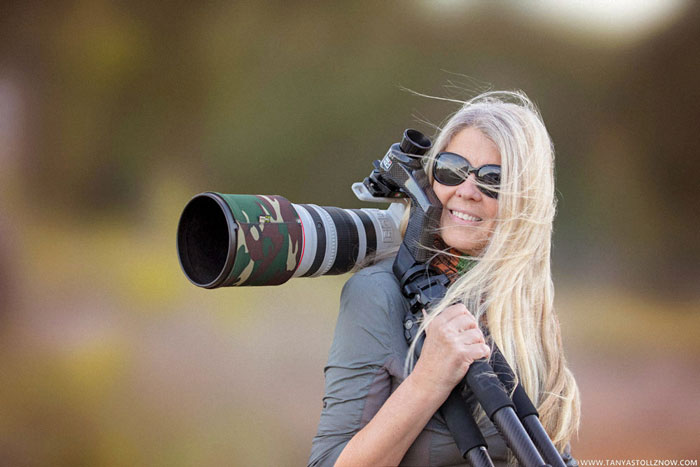
Leave a Reply